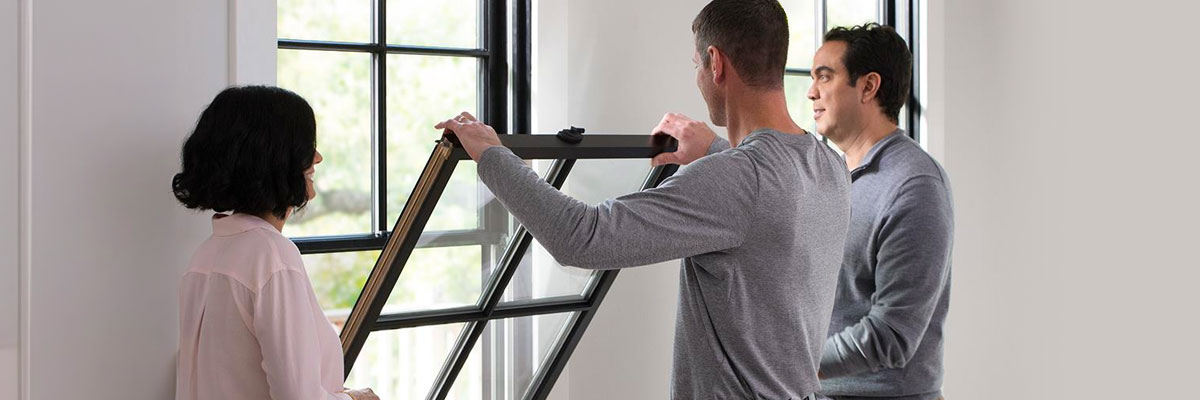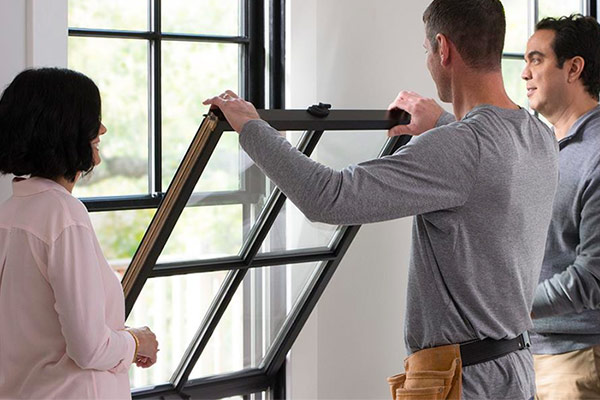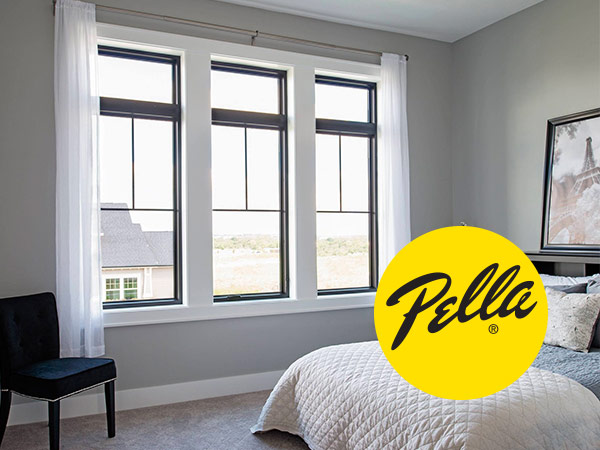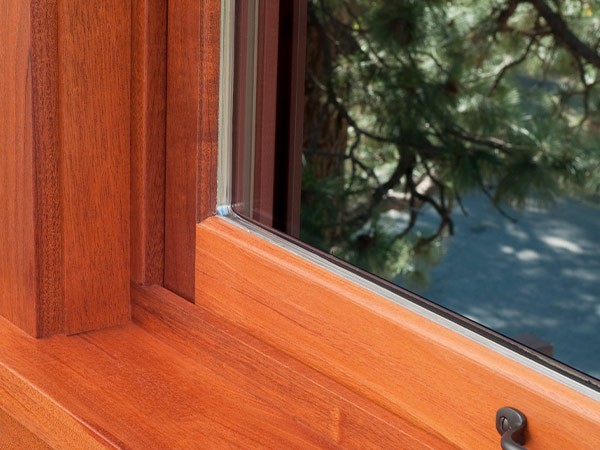

All About Windows: Things to Know Before You Buy
How can anything be "double hung"? Glazing? Isn't that for a doughnut? When you get right down to it, there are a surprising number of things to know about windows before finalizing your dream home or fixing up the results of that foul ball. Windows vary in how they open, what they’re made from, their glazing, and even how they’re installed. With so many choices, knowing where to start might feel overwhelming. Follow our guide when you’re on the lookout for beautiful windows.

New Construction or Replacement
First things first. Will you need windows for a home you’re building, or will you be replacing existing windows? Believe it or not, this distinction matters. New construction windows are made for installation with a nailing fin (a special rim around the window) that is secured to the frame of the home during the building process. These windows can sometimes be used as replacement windows if the frame and the siding of the home will be renovated. Replacement windows, on the other hand, fit into the existing window frame without a fin.

Double Hung, Single Hung: What it All Means
When looking for windows, you will see options like double hung and single hung. Simply put, double hung opens (by the sash) from both the top and the bottom while single hung only opens from the bottom. Which one you choose is up to you as both are classic looks, but double hung windows sometimes open inward making cleaning both sides easier.
Other types include sliding windows that slide open from the side. There are also picture windows that are large and usually don’t open, awning windows that swing outward with a hinge on the upper edge, casement windows that swing open from the side, and many other options to choose from.

Window Materials
The materials the window is made form can affect how energy-efficient they will be and, of course, have a big impact on the design.

- Wood: Wood windows are strong and durable. Wood is a great option if you want to color match with the rest of your home by painting or staining. Of course, wood does rot, so regular maintenance and proper installation is essential. Wood windows are great insulators. Like the natural look of pine? Check these out.
- Clad Wood: These are wood windows with an exposed wood interior and a coated aluminum exterior. The cladding adds durability to a wood window and provides all the insulation that a plain wood window has.
- Vinyl: Made from PVC, these windows have hollow spaces inside that help with insulation. These are low-maintenance windows. Check out the Pella 250 Series Vinyl options.
- Aluminum: Also low-maintenance, aluminum windows are lightweight and generally cost effective. Their insulative properties are lower than other options, but a great choice for mild climates.
- Fiberglass: These windows require little upkeep and are durable. A big benefit of fiberglass windows is they won’t expand and contract with temperature changes as drastically as other types. Check out these strong fiberglass windows from Pella.
Glazing for Your Window and Insulation
Window glazing refers to the number of windowpanes on your window. A single pane is known as a single glaze, double pane is double glaze, and triple pane is triple glaze. Glazing can also refer to the material that holds the glass in place or even the process of making the material itself. But, when buying windows, glazing will be how many panes of window glass will be between you and the outside.
Glazing determines the energy efficiency of your windows. This is called the u-value, much like the r-value with attic insulation. Each variety of window is assigned a value based on its features. The lower the value, the better its insulative abilities. Double-glazed and triple-glazed windows often have argon gas in between the glass panels to provide additional insulation. Some windowpanes are made with Low-E glass. This energy-efficient option relies on a special, invisible exterior coating that helps reduce heat entering your home on a hot day.
Getting Your Windows Installed
After you have determined if you need replacement or new construction windows, double hung or single hung, the window material, and glazing (whew) it’s time for installation. If your new windows are pocket or replacement windows, meaning you are not constructing a new home or redoing the frame around the window, you will need to properly measure for replacement windows. Properly measuring will save a lot of headaches in the long run.
Whether buying new construction windows or replacement windows, it’s important to get an estimate. This will help you budget the cost of the materials or any installation fees if working with a window company or a contractor.
Window Needs, Solved
Ready to get started? No matter if you know exactly what you need or if you are still weighing your options, head over to your local McCoy's where we have lots of windows options and brands like Pella. We can work with you to ensure you know all the ins and outs of your window purchase to find the perfect fit for your home.
